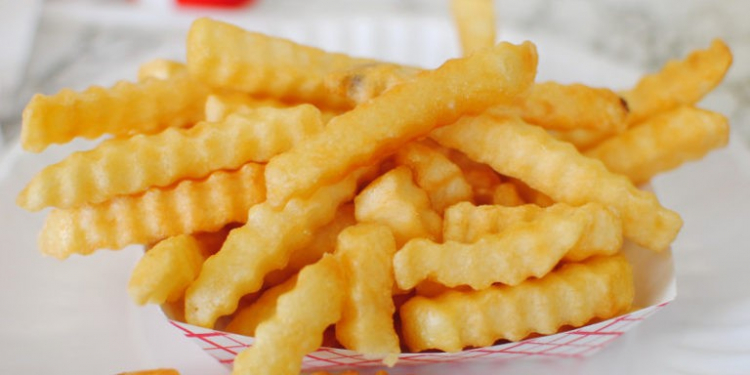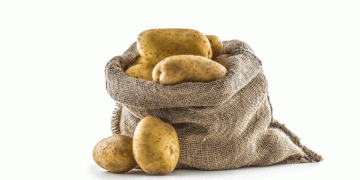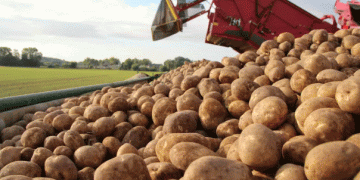Fries are undeniably one of the most important food products in the word. As health-conscious consumers are continuously increasing in numbers, the producers are focusing more and more on providing healthy fries.
People ordered over eight billion servings of fries over the last year in fast-foods and restaurants in the US, according to the NPD Group.
Moreover, fries make for a very profitable sale, with a gross profit margin of about 75%, estimates the Pacific Consulting Group. Numbers speak for themselves: at Burger King, for example, a small serving of fries costs about $1.80 – 1.89, while making that costs about 40 cents.
Marketing fries from a health perspective is an ongoing trend. Six billion of the servings sold last year in the US were ordered with a hamburger as well.
Straight, crinkle and tri-cut
There are several new choices on the healthy fry wave. Burger King launched this September their healthier fries called Satisfriers, priced with 20-30 cents more than the classic ones. These crinkle-cut potatoes come with 30 % less fat and 20 % fewer calories than their regular fry option, and reportedly 40 % less fat and 30 % add calories: fewer calories than McDonald’s famous fries.
Satisfriers are made with thinly battered whole potatoes, thus absorbing less oil during frying, according to the Miami based fast-food chain.
Promoted under the hash tag #WTFF (What The French Fry), they promise to “satisfry freaking everybody” – says their commercial. The smallest serving of Satisfries has 190 calories, 8 grams of fat 210 milligrams of sodium, according to Bloomberg reports.
{gallery}galleries/healthy3{/gallery}
Wise and all natural fries

Following extensive R & D of “more than a decade”, McCain Foods USA introduced their version of low-fat fried potatoes – “Wise fries”. The new batter recipe is said to keep “just enough oil on the outside for great taste and crispness”, with a recipe that helps protect the surface of the fry from absorbing as much oil as traditional fries.
Alexia Foods introduces not one, but three new additional options to choose from on the healthy fry menu: crinkle cut fries, straight cut fries and tri-cut potatoes, all roasted and cooked with sea salt. Their “Smart Classics Roasted Fries & Potatoes” are roasted – never fried and are sold frozen for home cooking.
They are 98% fat free with zero grams of trans fat at the expense of 100 calories per serving.
Alexia Foods promises “a restaurant fry experience without the guilt” with this line packaged in 32 ounce bags (recommended for 11 servings), at a suggested retail price of $3.29.
Never Fried
Mr. Dee’s offers crinkle cut potatoes with sea salt having less than one gram of fat per serving with their new, never fried Dee Amoré Simply Baked introduced in July. They use all natural 100% Pacific Northwest Russet potatoes with no preservatives, resulting in fries with 90 calories and 0.5 grams of fat per serving (4 grams less than the leading national brand), their statements says.

McDonalds doesn’t ignore the healthy trend either. It will begin to offer fruit, salads and vegetables as sides and will not advertise soda with children’s meals. These changes will be implemented within three years, according to their recent announcement made in a joint statement with the Alliance for a Healthier Generation, reports Bloomberg.
One of the earlier offers was introduced in November 2010 by Wendy’s: natural-cut fries with sea salt. Aiming to keep true to their motto – “Quality is our recipe”, the Ohio based chain presented its skin-on variety as “natural cut”.
How Healthy Can Fries Get?
Fast-food chains validate consumers’ orientation towards a balanced life-style by offering healthy fries options. “Despite health recommendations to limit or skip fast food, millions of people eat in these restaurants every day. And one out of two consumers adds French fries to their order”, concluded the Health and Diet editor of “Today”, Madelyn Fernstrom, following the “Satisfriers” launch.
On one condition though: only if the serving sizes are controlled.





